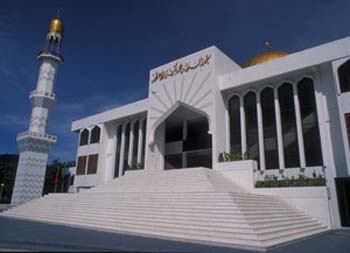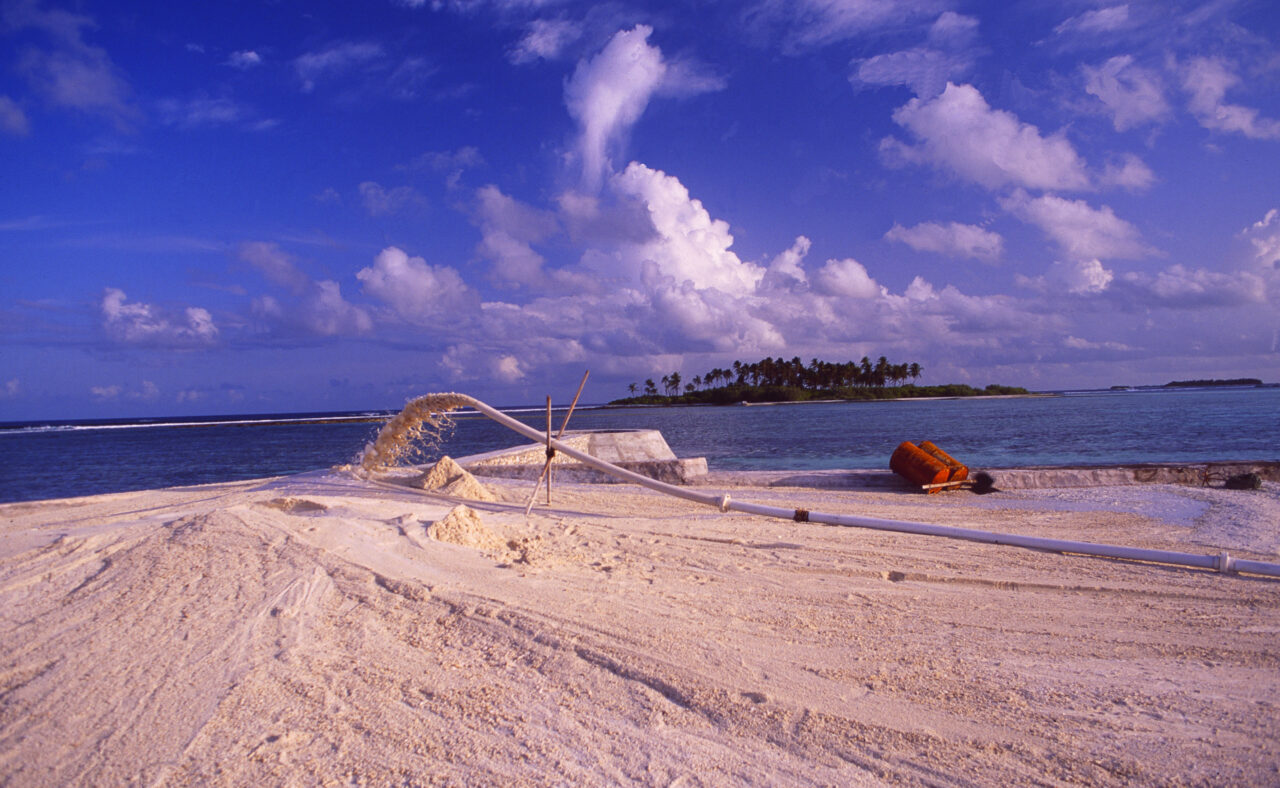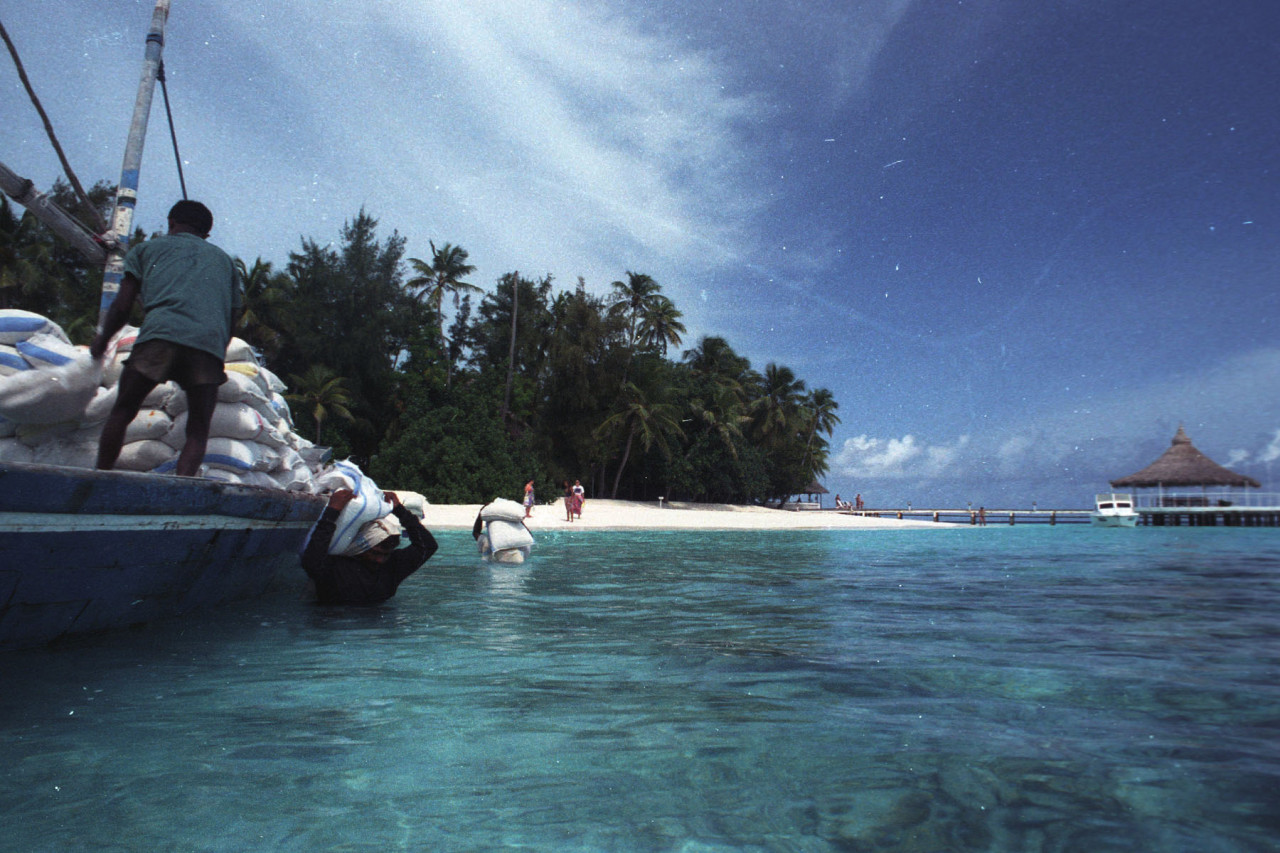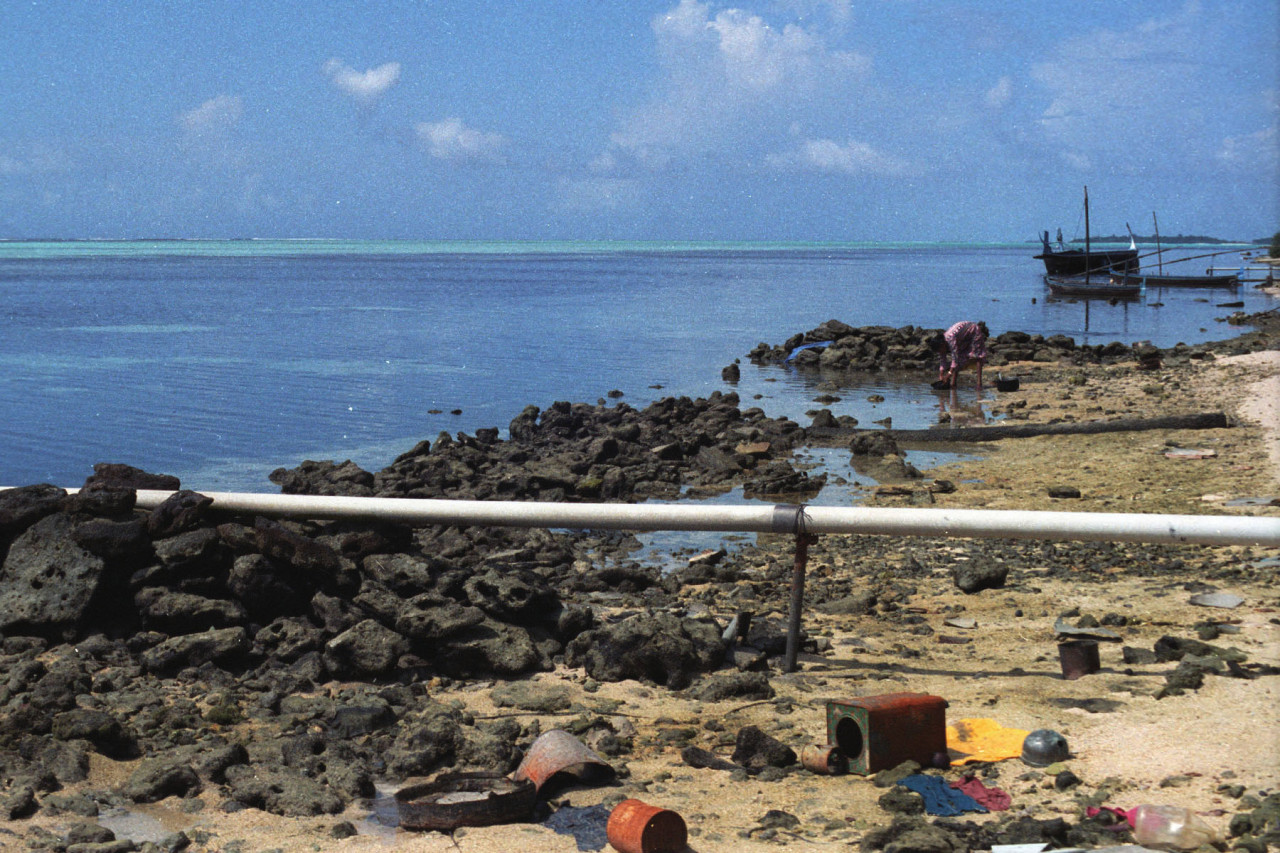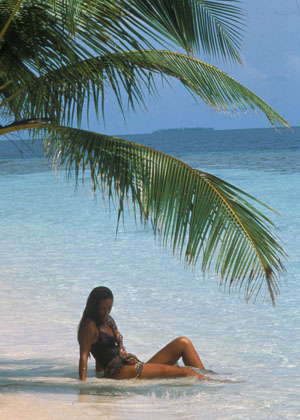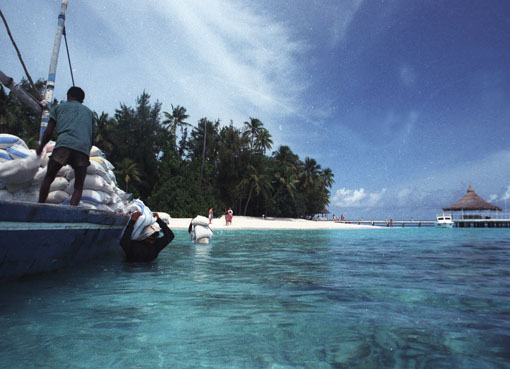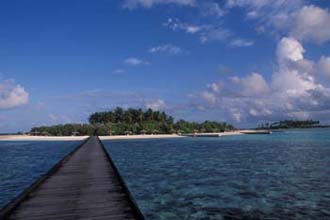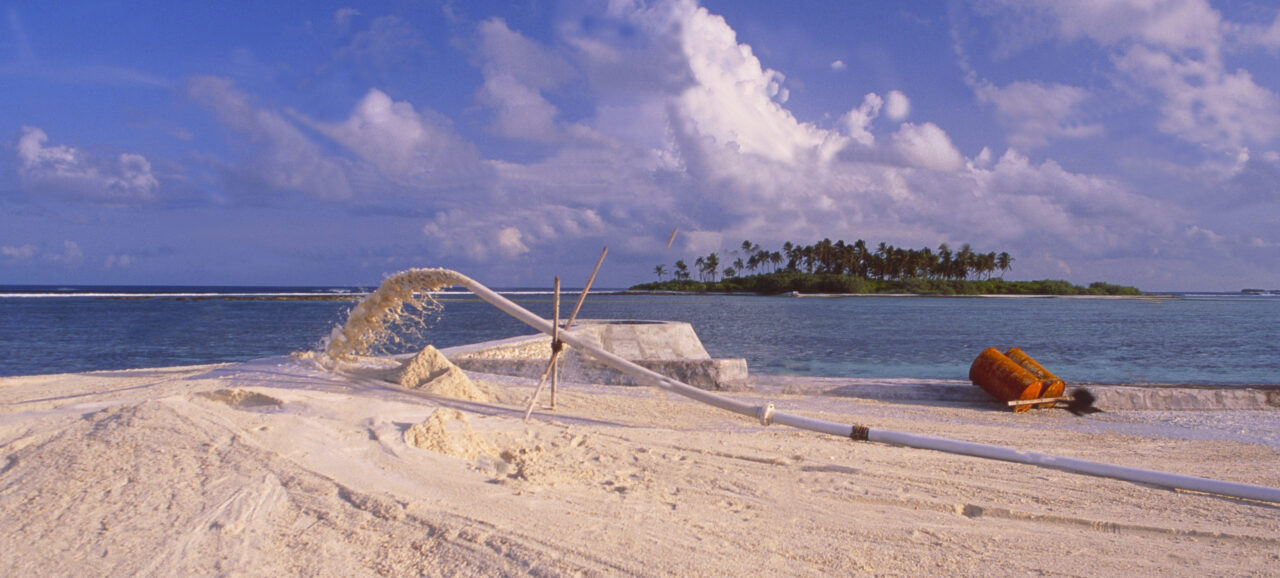
FOREWORD
The author, Gerd Michael Müller, born in Zürich in 1962, traveled as a photo-journalist to more than 50 nations and lived in seven countries, including in the underground in South Africa during apartheid. In the 80 years he was a political activist at the youth riots in Zürich. Then he was involved in pioneering Wildlife & eco projects in Southern Africa and humanitarian projects elsewhere in the world. As early as 1993, Müller reported on the global climate change and in 1999 he founded the «Tourism & Environment Forum Switzerland». Through his humanitarian missions he got to know Nelson Mandela, the Dalai Lama and other figures of light. His book is an exciting mixture of political thriller, crazy social stories and travel reports – the highlights of his adventurous, wild nomadic life for reportage photography .
(please note that translation corrections are still in progress and images will follow soon)
Via Sri Lanka, which I got to know for ten days on a cultural round trip and refined with numerous visits to Ayurveda clinics to learn more about the 3000 year old health knowledge, I arrived in the Maldives. Thanks to the great distance to the continent as well as the gigantic insular distances of 764 km length and 128 km width, the island kingdom could escape the grasp of the colonial powers. The territory of the island kingdom covers 90,000 square kilometers and is home to over 1300 islands. The Arabs exerted the greatest influence on the Dhivehi Islanders. Islamization began as early as 1153, when the Buddhist king Kalamaninja converted to Islam. The Kalamaninja dynasty lasted 148 years and ruled with 15 sultans, followed by another 78 sultans in the over 800 year history of the Maldives.
The almost 1800 coral atolls stand out from the deep blue Indian Ocean like a shining white pearl necklace. A mosaic of light and color surrounds the chain of islands scattered from north to south across seven degrees of latitude. Each of these islets, covered in smaragd green vegetation and fringed with turquoise blue lagoons and ring-shaped reefs, which rise from the depths of the seabed and turn its opulent underwater splendor upward, looks slightly different again. The outer reefs shield the atoll, which often rises only a few centimeters above the water’s surface, from the surf. The colorful coral gardens were then home to a tremendous abundance of species. A picture book idyll of sea, sun and palm beach and secluded island romance as well as an Eldorado for divers as well as water sports enthusiasts, awaited me on the first tourist island of Ihuru.
The downsides, however, are: A fragile ecosystem, which is endangered by the rise of the sea level and especially by tourism. An island kingdom that was already visibly threatened in its existence by global warming in the early 1990s and is probably irrevocably doomed. In addition, the mountains of garbage left behind by tourists on the islands and on nearby Male are testimony to the growing environmental pollution and the destruction of fragile ecosystems. Since tourism has replaced fishing as the main source of income, a flood of garbage has poured over the tourist islands and coral gardens along with the tourist boom. Apart from fish, coconuts and bananas, all other consumer goods have to be imported. The fuel consumption for the transport of the goods to the tourist islands already devoured a lot of fuel at that time and was reflected in second place in the import statistics.
On Ihuru, I already saw then how the local fishermen brought in shiploads of sandbags and piled up ramparts on the beach against the erosion. This made me realize almost 30 years ago that there was climate change, which was still downplayed as the „El Nino“ effect. But as I became more aware of the global glacier melt and the fact that this was causing sea levels to rise and the climate-deciding Atlantic Ocean to abruptly break off, I published several reports and commentaries in Swiss daily newspapers. At that time, global warming was already becoming apparent, which was then explained in detail and scientifically substantiated four years later in the first „IPPC“ report. The „El nino“ effect dramatically destroyed the submarine coral world of the Maldives in 1993, as it bleached out and largely died. Fortunately I experienced the incredible colorfulness of the iridescent soft coral gardens during my first dives on Ihuru and Rihiveli as well as on the sister islands „Dighofinolu „and „Veliganda Hura“.
In 1992 at the Rio Conference on Sustainable Development, tourism was not yet an issue. But this changed rapidly thereafter due to global air traffic growth. In 1994, the „World Travel and Tourism Council“ (WTTC) and the „World Tourism Organization“ (WTO), together with the „Earth Council“, published the „Agenda 21“ for the travel and tourism industry and appealed to the United Nations to better anchor the „Agenda 21“. But it was not until April 1999 that the Commission presented its first four-year program on „Tourism and Sustainable Development.“ In the meantime, a flood of eco-labels and eco-certifications emerged, as well as CO2 compensation schemes such as „My Climate“ when flying, all issuing a kind of ecological certificate of harmlessness, which, of course, is by no means the case when viewed from a reel.
Four years later I traveled to the Ari Atoll to the island Makafushi and participated in a freighter sinking, with which again an artificial coral reef should be created. Unfortunately, by then the coral reefs were already bleached and all life had died. But all these are drops on a hot stone and if we continue as we are doing, the Maldives will sink again in less than 50 years and will be remembered as a sunken island atoll.
